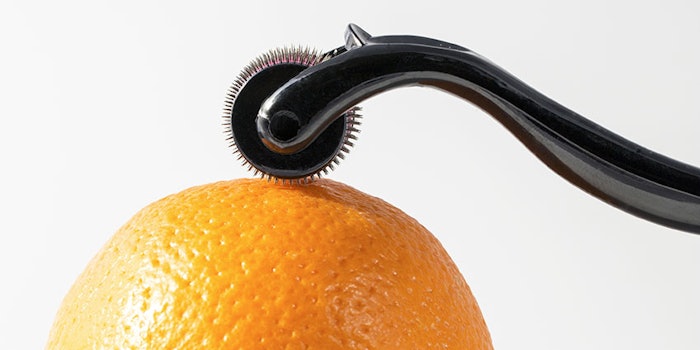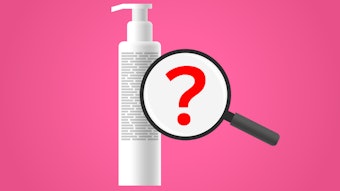
Microneedling devices came under the lens in a new draft guidance issued by the U.S. Food and Drug Administration (FDA) on Sept. 15, 2017. The guidance differentiated between medical and esthetic devices used for microneedling and identified which products are subject to potential regulation.
Medical Devices
Products that penetrate beyond the stratum corneum into living layers of the skin meet the medical device definition, according to the guidance. A device’s needle length, arrangement and sharpness, along with degree of control, will be considered by the FDA. Also included in this definition are devices claiming to:
- Treat scars (e.g., acne scars, atrophic scars, hypertrophic scars or burn scars);
- Treat wrinkles and deep facial lines;
- Treat cellulite and stretch marks;
- Treat dermatoses;
- Treat acne;
- Treat alopecia;
- Stimulate collagen production;
- Stimulate angiogenesis (i.e., the development of new blood vessels); or
- Promote wound healing.
Esthetic Microneedling
Not all microneedling devices fall under the medical device definition, however. These include devices that do not penetrate the living skin and make the following claims:
- Facilitate skin exfoliation (in the stratum corneum);
- Improve skin appearance; or
- Give skin a smoother and more luminous look and feel.
Moving Forward
According to the draft guidance, at the time of its release, no existing classification regulation existed for microneedling devices. And with no legal predicate for devices, manufacturers do not have a model upon which to base the classification process. However, manufacturers can obtain marketing authorization under the De Novo classification process, identifying the device's benefits, risks and effectiveness.
This new draft guidance should not be mistaken for legally enforceable guidelines—instead, the guidance reflects "the Agency's current thinking on a topic and should be viewed only as recommendations," according to the document.










